A tooth that has been knocked out of your mouth or cracked off will only last outside of your mouth for about sixty minutes. It is possible to save your tooth if you know what to do. It’s also wise to learn about the other signs of a dental emergency that might not be so obvious to you, and to know when you need to rush in to see your dentist.
Everyone knows that dental issues can cause pain. They can also be expensive. Normally, those concerns keep people from acting fast when they have dental emergencies. However, you can save yourself extra pain and may even have the option for more cost-effective treatments when you respond to dental emergencies promptly. We can help you. Learn about how to make your dental emergency treatments as effective as possible below.
Understand What A Dental Emergency Is
When people have dental injuries, they commonly avoid the subject and deal with pain for a long time before seeking help. This is not the approach we recommend! You deserve proper, fast dental care, and when you’re dealing with an emergency, getting fast treatment may save your tooth or even your life. So, when should you make an emergency dental appointment?
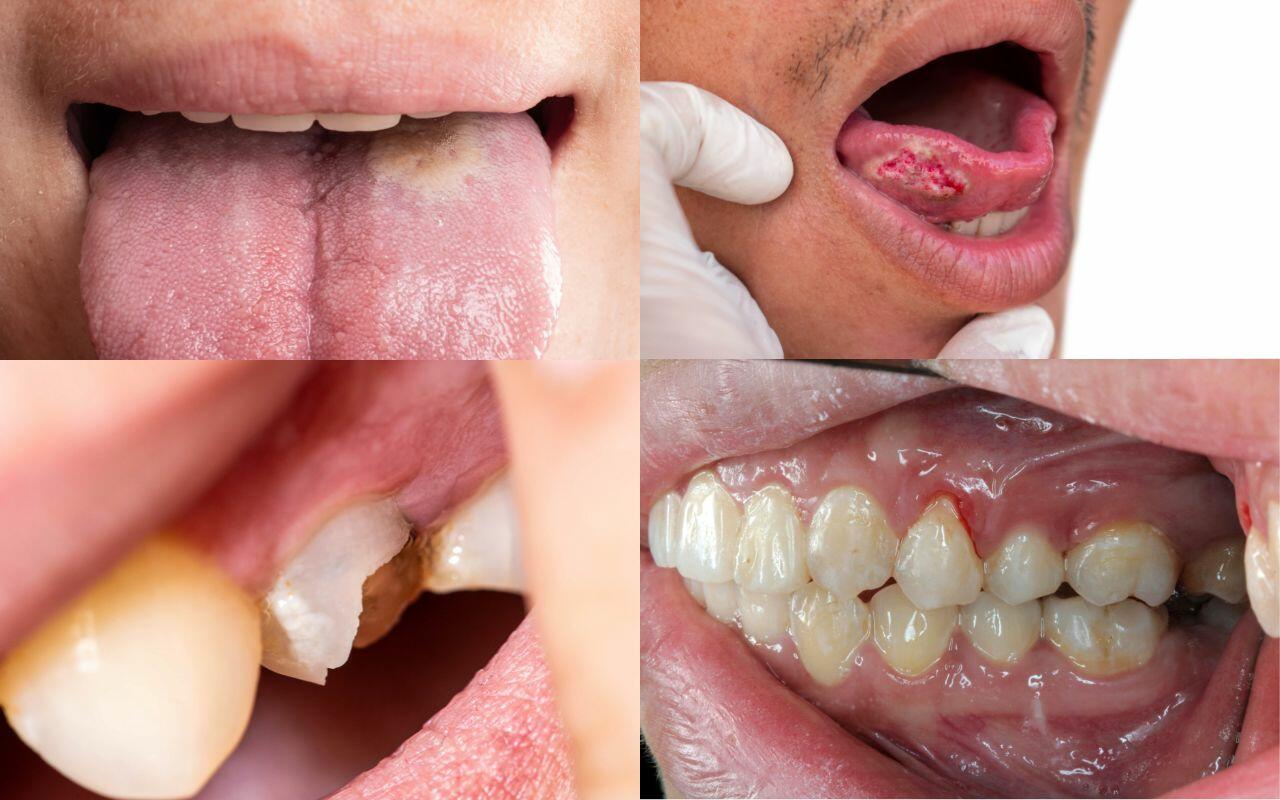
Dental emergencies include:
- Losing a tooth when over the age of 12: Anyone over the age of 12 should no longer have baby teeth. Losing an adult tooth is an emergency.
- Losing an adult tooth under the age of 12: When your child loses a tooth, check to make sure it is a baby tooth. Losing an adult tooth is an emergency.
- Redness and swelling around teeth, gums, and cheeks: A potential sign of serious infection.
- Peeling around your teeth, gums or cheeks: Another potential sign of serious infection.
- Bleeding gums: Bleeding gums are not normal, and you need medical attention.
- Red or white patches or lesions: A potential sign of cancer.
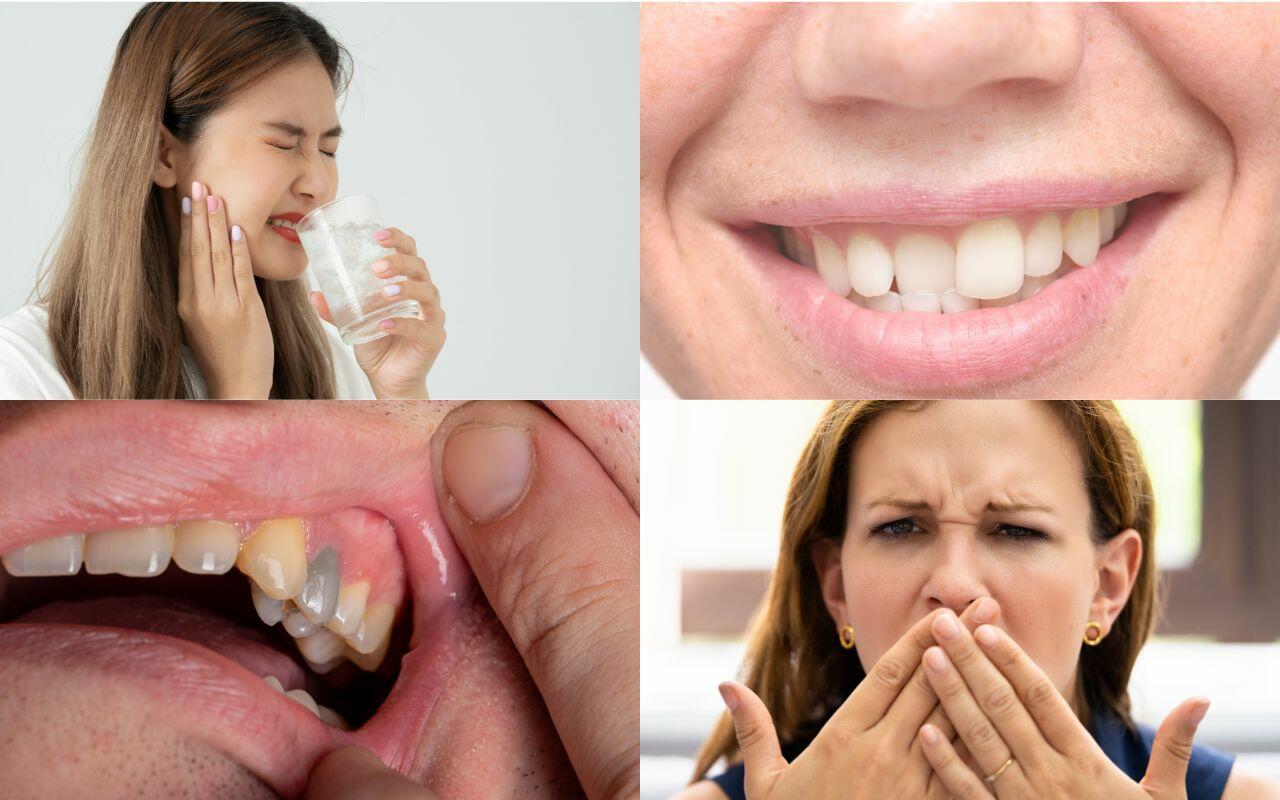
It’s important to know that while all dental issues need fast attention, many of them do not classify as emergencies. If you develop the following issues, we can help you, but they usually do not require an emergency visit to the office unless they happen in combination with one of the emergencies listed above. These less-time-sensitive issues include:
- Bad breath
- Sensitive teeth
- Moderately chipped or loose teeth
- Holes, rotting, dark spots on teeth
- Tingles and redness around mouth
- Headaches, jaw or facial pain
- Grinding and clenching of teeth and jaws
- Overbites, underbites, gaps, crooked teeth
- Teeth stains
Make An Emergency Dental Appointment As Soon As Possible
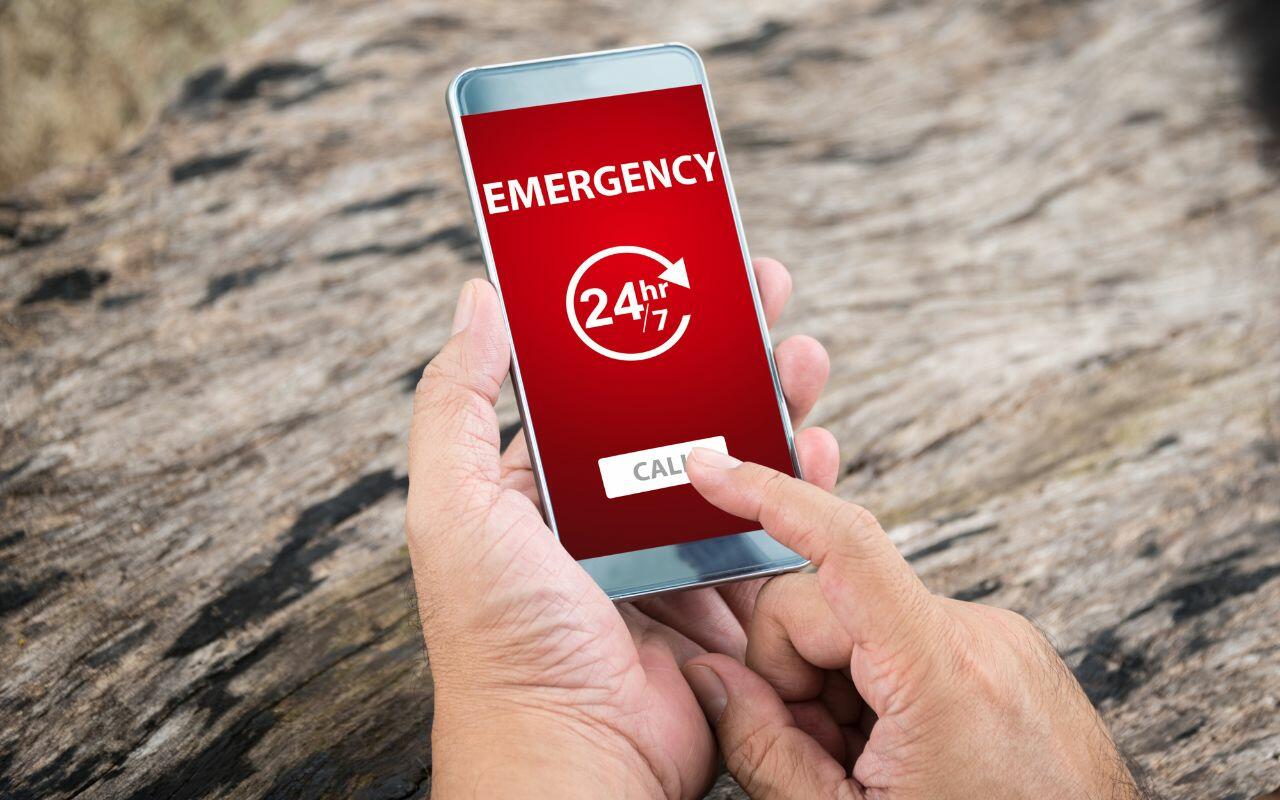
Simply put, this is the number one rule when you are dealing with a dental emergency. You need to make an appointment as soon as possible. The longer you delay making that call, the worse your problem will become.
Dental Emergency Dos And Don’ts
When you know what and what not to do in a dental emergency, you give yourself the best odds for successful treatments that quickly restore your tooth or resolve your pain.
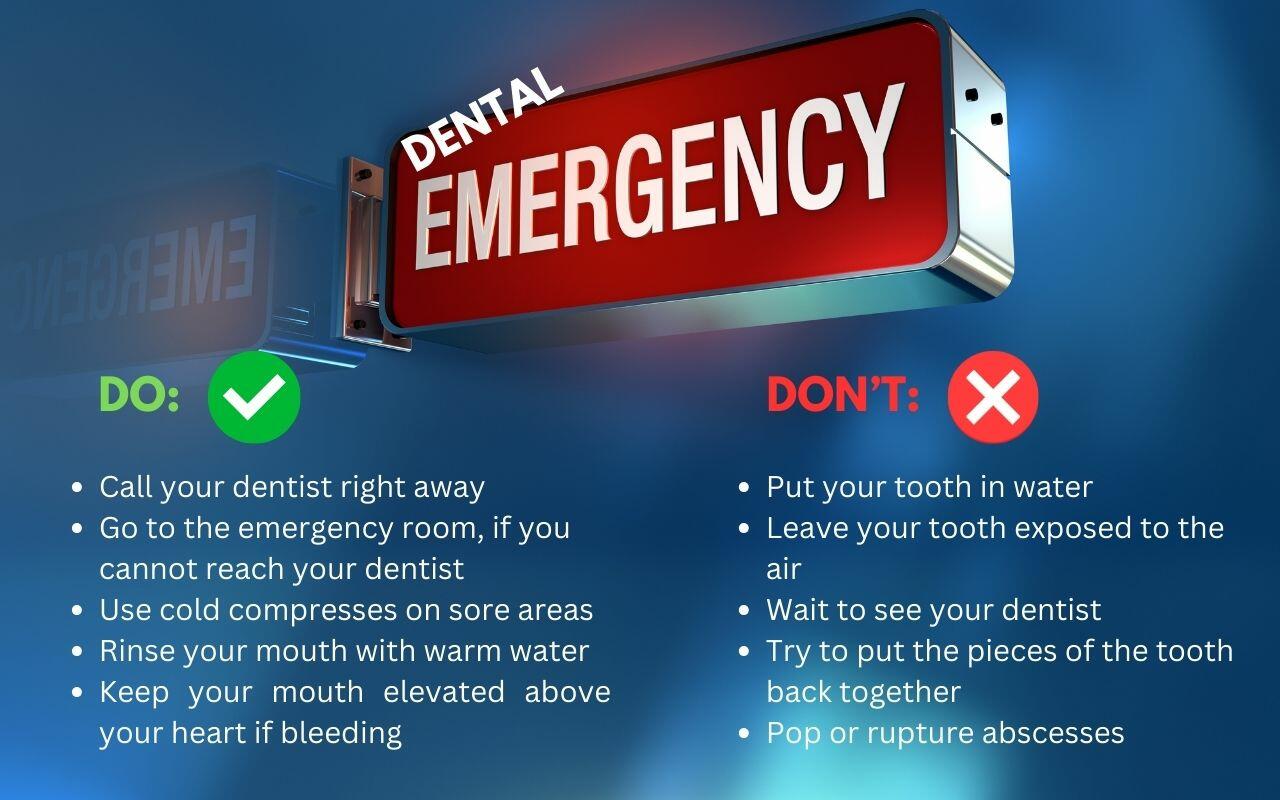
How To Help Save Your Tooth
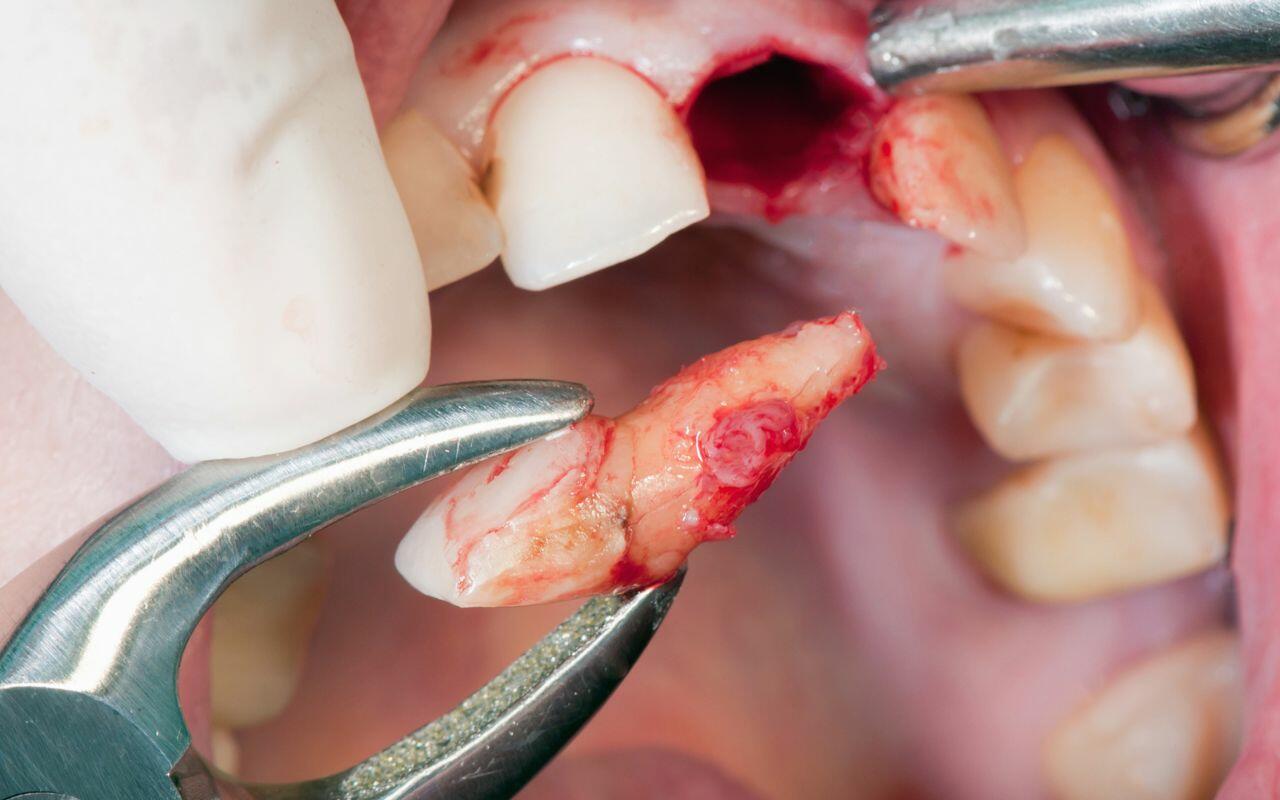
When you’ve had a serious injury to your face, or otherwise have lost an adult tooth, it is a dental emergency. What can you do to save the tooth? If you can find it, or even the pieces of it, it is still possible to fix it and get it back in your mouth. Here is how you can save your tooth:
- Find the tooth: If you can, find the tooth. Pick it up only by the hard white part (the crown) and not the red, soft part. That way, you avoid causing additional damage to the tooth.
- Care for the tooth: Do not scrub the tooth down in any way. Instead, rinse the tooth with a safe material that can help clean it off. You can use whole milk, saline solution, or even saliva. Try not to use water unless you do not have any of these other options available. Remember that if you have access to salt, you can make your own saline solution with ¼ teaspoon of salt mixed into a half cup of water.
- Re-insert tooth: When your tooth fell out, it left behind a socket that it used to sit in. This socket is actually the best place to store your lost tooth, even though the artery that feeds the tooth won’t quite connect properly. So, try to place the tooth gently back into the socket. If it fits, keep it there carefully while you head to the dentist. If it no longer fits, you have to move on to the next step.
- Protect the tooth: Even teeth that no longer fit into their original socket can often be saved. You just need to keep the tissues of the teeth safe. There are a few ways to do this. You can put the tooth in your mouth in the pocket of your cheek. You can place the tooth in a small bag of saliva, milk, or saline solution. Do not put your tooth in a bag of water.
- Get to the dentist within the hour: Now that you’ve secured the tooth, you have sixty minutes to get into the care of your dentist and attempt to secure the tooth back in your mouth. If your dentist doesn’t answer, isn’t open, or is dealing with another emergency, you need to go to the hospital immediately.
What To Expect From A Dental Emergency Treatment Visit
The team at Bradford Family Dental can assist you when you have a dental emergency. Call today to schedule an appointment at 905-775-5307, or click here to request an appointment.
